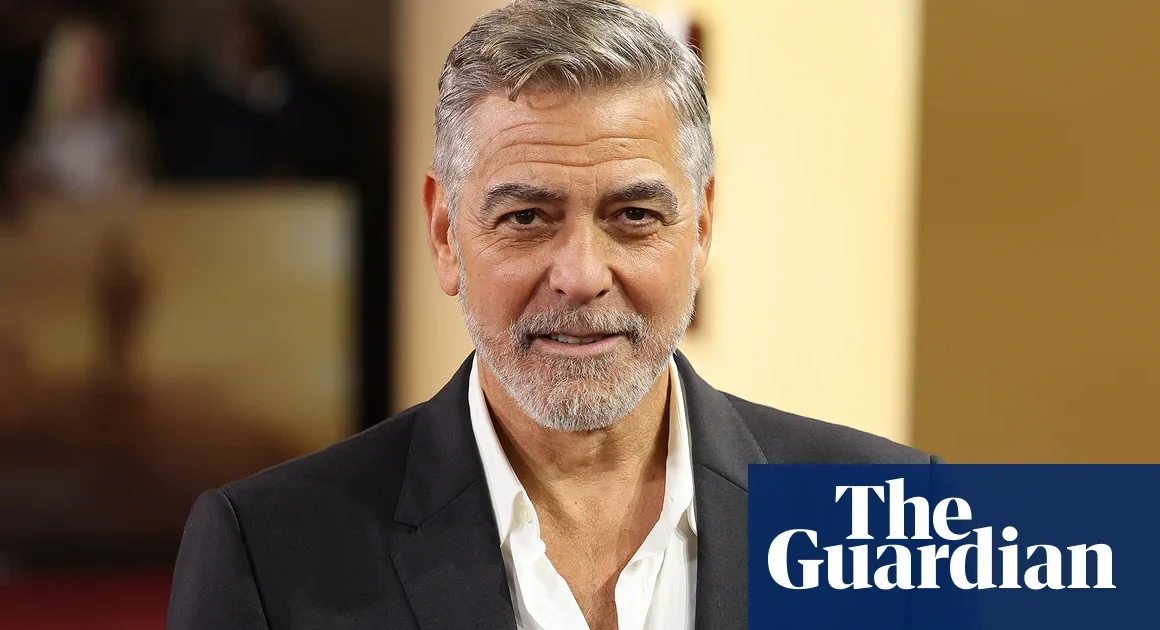Early Life and Background
Marlon Brando was born on April 3, 1924, in Omaha, Nebraska. Raised in a turbulent household, Brando’s relationship with his parents was fraught with tension, especially his father, who was often absent and emotionally distant. His mother, a talented actress, introduced him to the world of theater, sparking his early interest in acting. However, Brando’s rebellious nature as a teenager led him to be expelled from multiple schools, leading to his eventual move to New York City in 1943.
New York was where Marlon Brando young began to hone his craft, enrolling in the American Theatre Wing Professional School and learning under famed acting teacher Stella Adler. Adler introduced him to the method acting technique, a style that would later define his career. The method required actors to draw from their personal emotions to bring realism and depth to their characters. Brando embraced this, transforming acting from the traditional stage style to something raw, visceral, and deeply personal.
Breakthrough in Theater: “A Streetcar Named Desire”
Marlon Brando young made his Broadway debut in 1944 with “I Remember Mama,” but his big break came in 1947 with Tennessee Williams’ play A Streetcar Named Desire. Directed by Elia Kazan, the play cast Brando as Stanley Kowalski, a brutish yet magnetic character. His use of the method acting style, combined with his raw physicality, marked a new era in American theater.
Marlon Brando’s young portrayal of Kowalski in the stage production was so impactful that he was cast in the 1951 film adaptation, cementing his place in Hollywood. His now-legendary cry of “Stella!” became a cultural moment, etching his image into the public consciousness. Brando’s performance earned him his first Academy Award nomination for Best Actor and set the tone for his film career, where he would continue to challenge traditional acting norms.

Rising Fame in Hollywood
Marlon Brando young made his mark in Hollywood during the 1950s, a time when he starred in a series of critically acclaimed films. After the success of A Streetcar Named Desire, Brando’s next major role came in 1952 with Viva Zapata!, directed again by Elia Kazan. Brando portrayed Emiliano Zapata, a Mexican revolutionary, for which he received his second Academy Award nomination.
Brando’s next significant role came in Julius Caesar (1953), where he played Mark Antony. Despite his initial reservations about doing a Shakespearean role, Marlon Brando young proved his versatility as an actor, receiving widespread praise for his interpretation of the character.
But it was his role as Johnny Strabler in The Wild One (1953) that cemented Brando’s status as a cultural icon. In this film, Brando played a rebellious motorcycle gang leader, wearing a leather jacket and exuding youthful defiance. The image of Marlon Brando young on a motorcycle became a symbol of teenage rebellion in the 1950s, influencing an entire generation.
“On the Waterfront” and the Apex of Brando’s Career
Marlon Brando young reached the pinnacle of his career with On the Waterfront (1954), another collaboration with director Elia Kazan. The film told the story of Terry Malloy, a dockworker struggling to stand up against corrupt union bosses. His portrayal of Malloy was raw, vulnerable, and intensely human.
The famous scene where Brando’s character laments, “I could have been a contender,” has become one of the most iconic moments in film. For this performance, Brando won his first Academy Award for Best Actor. On the Waterfront not only solidified Brando as one of the greatest actors of his generation but also as a trailblazer who redefined what it meant to act in Hollywood.
The Evolution of Marlon Brando’s Image
In his younger years, Marlon Brando’s appeal was multifaceted. His chiseled jawline, intense gaze, and brooding demeanor made him a heartthrob for millions. The image of Marlon Brando young was that of a man who embodied both strength and vulnerability, making him relatable yet enigmatic.
He was outspoken about civil rights, actively participating in movements advocating for equality, and he often refused to conform to Hollywood’s expectations. His refusal to attend the Academy Awards in 1955 after winning for On the Waterfront was just one of many instances where he chose to distance himself from the glitz and glamour of fame.

A Changing Persona: Later Career and Legacy
Films like Mutiny on the Bounty (1962) and The Godfather (1972) showcased his brilliance, but his off-screen antics and reclusiveness cast a shadow over his work. However, these later years cannot overshadow the impact of Marlon Brando young.
His performances from the 1950s remain timeless, and his influence on acting is immeasurable. Brando paved the way for future generations of actors, including icons like Robert De Niro, Al Pacino, and Johnny Depp, who all cite Brando as a major influence on their careers.
FAQs about Marlon Brando Young
1. What made Marlon Brando young such an influential actor? Marlon Brando young was revolutionary due to his use of method acting, which brought a level of emotional depth and realism that was uncommon in Hollywood at the time. His performances were intense, raw, and broke away from the traditional acting styles of the era.
2. What were Marlon Brando’s most iconic films as a young actor? Some of Marlon Brando young’s most iconic films include A Streetcar Named Desire (1951), On the Waterfront (1954), The Wild One (1953), and Julius Caesar (1953). These films not only showcased his acting talent but also made him a cultural icon.
3. How did Marlon Brando young influence future generations of actors? Brando’s commitment to method acting and his ability to bring emotional authenticity to his roles influenced future actors such as Robert De Niro, Al Pacino, and Daniel Day-Lewis. His style of acting became a benchmark for actors aiming to deliver emotionally charged and realistic performances.
4. Why was Marlon Brando young considered a symbol of rebellion? Marlon Brando young was seen as a symbol of rebellion, particularly after his role in The Wild One, where he played a motorcycle gang leader. His anti-establishment attitude, both on and off-screen, resonated with the youth of the 1950s and beyond.
5. What awards did Marlon Brando win during his early career? Marlon Brando young received several accolades, including an Academy Award for Best Actor for On the Waterfront (1954). He was also nominated for his performances in A Streetcar Named Desire (1951), Viva Zapata! (1952), and Julius Caesar (1953).
Conclusion
The image of Marlon Brando young remains an enduring symbol of Hollywood’s golden age. His intense performances, combined with his off-screen defiance of conventional norms, redefined what it meant to be a leading man. Brando’s early career, marked by groundbreaking roles and a dedication to authenticity, continues to inspire actors and filmmakers today.











